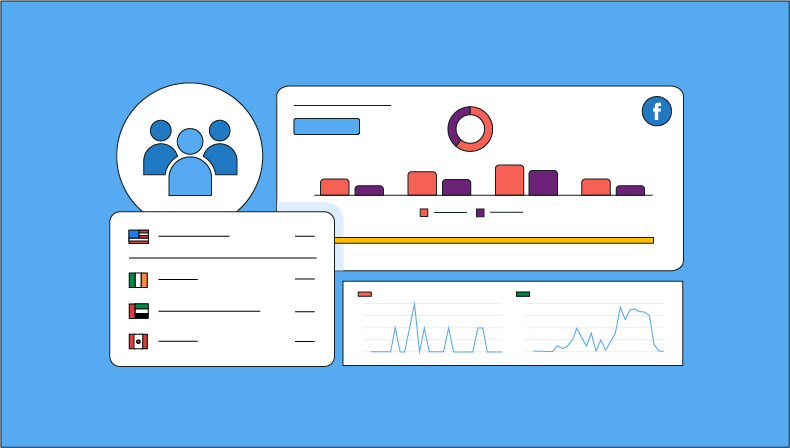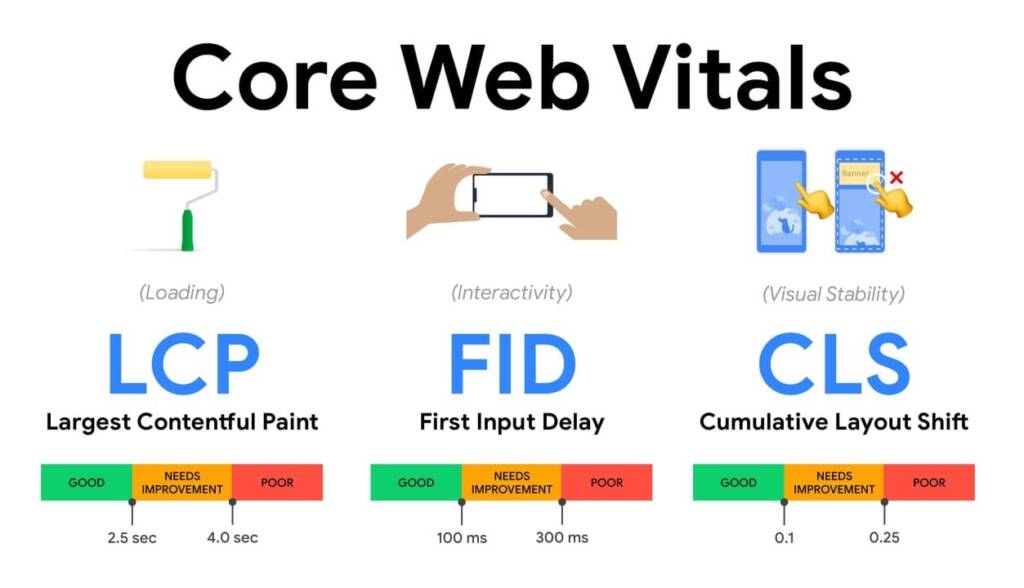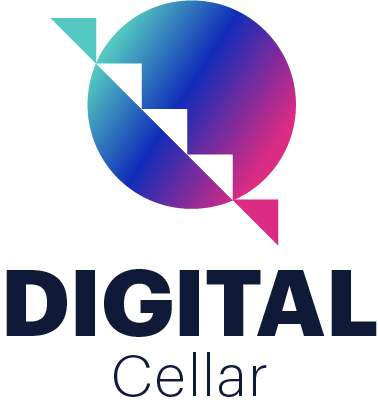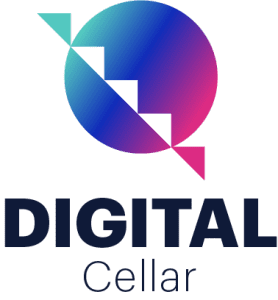Search Engine Optimization (SEO) is the super-charged engine behind the visibility of websites on search engines like Google, Yahoo, Bing, and many more. Imagine it as the secret sauce that makes your website pop up when someone types in a related search query. It’s a mix of keywords, quality content, and tech magic that tells search engines, “Hey, this site’s got the good stuff!”
Why’s it so crucial? Well, think about it. With billions of websites out there, standing out is like finding a needle in a haystack. SEO is that big magnet pulling your needle to the top. It’s not just about being seen, it’s about being seen by the right people. In 2024, with the digital world more crowded than ever, good SEO isn’t just nice to have, it’s your ticket to online visibility and success.
We know about the SEO checklist that serves as a Bible for both SEO experts and beginners. But are they still relevant? Let’s find out the 6 SEO trends in 2024.

1. Search Generative Experience (SGE)
Search Generative Experience refers to an advanced form of search technology that goes beyond traditional search algorithms. It employs AI to not only retrieve existing information but also to generate new, contextually relevant content in response to user queries.
This approach allows for a more dynamic and tailored search experience, providing users with not just direct matches from existing web sources but also freshly created, customized information that aligns closely with their specific search intent.
This is a massive progression from traditional search engine interaction. But what does it mean for SEO? SGE changes the way a user interacts while browsing. Previously websites within the top 10 position on Search Engine Result Pages (SERP) get a higher chance of clicks, with SGE, users do not need to scroll down to find the most related content.
SEO still plays a big role in the enhancement of this algorithm. Results created by SGE will still include top website links on the queries. Every content that is created now should solely be focused on answering users’ queries. It has become crucial for every SEO to keep an even closer look at search intent.

2. Headless Omnichannel
“Headless omnichannel” is a term used in the context of digital commerce and content management. It combines two concepts: “headless” architecture and “omnichannel” strategy. Now let’s look into those two keywords
Headless: In a headless website architecture, the front-end (or the “head,” which is the part users interact with, like websites or apps) is decoupled from the back-end (where data is stored and business logic happens). This means the user interface can be developed and updated without affecting the back-end systems, allowing for greater flexibility and customization.
Omnichannel: refers to a unified approach to sales and marketing that provides a consistent, integrated customer experience across multiple channels, like online, mobile, and in-store.
When combined into “headless omnichannel,” the concept refers to using a headless architecture to facilitate an omnichannel strategy. This allows businesses to easily adapt their content and customer experiences across various platforms and devices, providing a seamless, consistent brand experience no matter how or where a customer interacts with the company.
This approach is particularly useful in today’s digital landscape, where customers expect a fluid experience across websites, mobile apps, social media, and even in physical stores.
So, how does headless omnichannel correlate to SEO?
Flexibility in Content Delivery: With headless architecture, content is managed independently from its presentation, allowing for greater flexibility in how it’s displayed across various channels. This can improve SEO as it makes it easier to optimize content for different platforms, ensuring it’s crawler-friendly and formatted correctly for each channel.
Improved User Experience: Omnichannel strategies focus on providing a seamless and consistent user experience across all touchpoints. This can lead to higher engagement and lower bounce rates, which are positive signals for search engines. A good user experience is a key factor in SEO rankings.
Enhanced Personalization: Headless omnichannel enables more personalized content delivery based on user preferences and behaviours. Personalization can improve user engagement, which indirectly boosts SEO by increasing time spent on the site and reducing bounce rates.
Device Optimization: With the rise of mobile search, web apps, and smart devices, having a responsive design that adapts to various devices is crucial. Headless architecture allows for easier optimization of content for mobile devices, for instance, aligning with Google’s mobile-first indexing approach.

3. Topical Authority
We are all familiar with the term E-E-A-T, otherwise known as Experience, Expertise, Authoritativeness, and Trustworthiness. But what does it mean? It is a framework that Google created to assess the quality of web content where accurate and reliable information is critical.
Topical authority refers to the level of expertise and credibility a website or content creator has within a specific field or subject area. It’s built upon the E-E-A-T framework.
In the context of SEO and digital content, building topical authority means consistently creating high-quality, relevant content that showcases expertise, experience, and reliability in a particular subject. Over time, this leads to higher trust from users and search engines, contributing to better search rankings and increased visibility.SEO experts should stay consistent in providing information within selected niches. Traditionally, SEO works in collecting all keywords with high search volume and creating a one-off post about these keywords. With the E-E-A-T algorithm update that was released by Google back in 2023, every site should prioritize being the go-to resource within a specific niche.

4. Audience Insights
Audience Insights involves gathering and analyzing data about a target audience to understand their characteristics, behaviours, and preferences. This process is essential for businesses and marketers to tailor their strategies effectively.
By examining data from sources like social media analytics, website traffic, and customer feedback, businesses can identify key audience traits, such as demographics, interests, and consumption patterns.
This information helps in developing relevant content and improving products or services. Essentially, audience insights provide a deep understanding of what they want, enabling businesses to make informed decisions and foster stronger connections with their audience.
There are many ways of getting audience insights aside from your marketing tools. By closely monitoring your brand’s social media engagement or your app’s review content, you get more insights on what are your users currently interested in. Are they interested in videos? More explanation about your products? Are they more interested in buying your products or just gathering information through your website?
By knowing who your users are, you can advance your local SEO strategy. Optimizing for local search includes using region-specific keywords and creating content relevant to local interests and issues.
Audience insights are also a great resource for link-building strategies. By gaining information on what type of content your users consume, you can focus on getting backlinks from websites and sources your audience trusts, improving your site’s authority and search rankings.
5. Broader Online Presence
While SEO mostly focuses on website optimization. However, we can’t ignore the fact that brand presence, consistency, and brand exposure are staples to generating revenue. This increases users’ dependency on brand trust when users are progressing to the middle or lower funnel.
This holistic optimization approach will translate to SEO success.
Social media is a powerful channel for distributing content and engaging with your audience. Content that gains traction on social media (through shares, likes, and comments) can increase its reach and visibility, leading to more backlinks and mentions from other websites and blogs. Backlinks are a critical component of SEO, as they signal to search engines that your content is valuable and authoritative.
Regularly posting valuable, high-quality content on social media can establish your brand as an authority in your field. As your brand’s authority grows on social media, it enhances trust in your brand and website. Trust and authority are essential factors in SEO, as we repeatedly stress the importance of E-E-A-T.
A strong social media presence helps in building your brand’s visibility. The more familiar people are with your brand on social media, the more likely they are to click on your website when it shows up in search results. This increased brand recognition can lead to improved click-through rates (CTR).

6. User Experience and Core Web Vitals
Helpful content and authoritative websites alone are not enough to drive SEO to success. User experience is still important to SEO ranking factors. Websites with great user experience are likely to rank well within the SERP. But how is user experience determined? Google introduced a term called Core Web Vitals that emphasizes website loading speed, primarily on the mobile web.
Core Web Vitals are a set of specific factors that Google considers important in a webpage’s overall user experience. these metrics are part of their ranking criteria and are used to assess the quality of a website from a user’s perspective. The Core Web Vitals focus on three main aspects of the user experience: loading performance, interactivity, and visual stability. Each of these is measured using specific metrics:
- Largest Contentful Paint (LCP): This metric measures loading performance. To provide a good user experience, LCP should occur within 2.5 seconds of when the page first starts loading. LCP marks the point in the page load timeline when the page’s main content has likely loaded.
- First Input Delay (FID): This metric measures interactivity. It assesses the time from when a user first interacts with your site (i.e., when they click a link, or tap on a button) to the time when the browser can respond to that interaction. A good FID is less than 100 milliseconds.
- Cumulative Layout Shift (CLS): This metric measures visual stability. It quantifies the amount of unexpected layout shifts of visible page content. A good CLS is less than 0.1.
Improving these metrics can lead to a better user experience, which is increasingly important for SEO as Google continues to emphasize the importance of user experience in its ranking algorithms. Websites with better Core Web Vitals scores may have an advantage in search engine rankings compared to those with poor user experience metrics.
As we navigate the ever-evolving landscape of SEO in 2024, it’s clear that staying ahead of the curve is crucial for digital success. But hey, you don’t have to go at it alone. If you’re looking to nail these trends and skyrocket your online presence, The Digital Cellar is your go-to buddy.
Recognized as one of the top digital marketing agencies, we’ve got the chops to help you make sense of these trends and put them into action. Whether it’s adapting to the latest algorithm changes or crafting killer content strategies, we’re all about boosting your SEO game and getting you seen by the right people. Let’s make 2024 the year your SEO shines, with us by your side!




